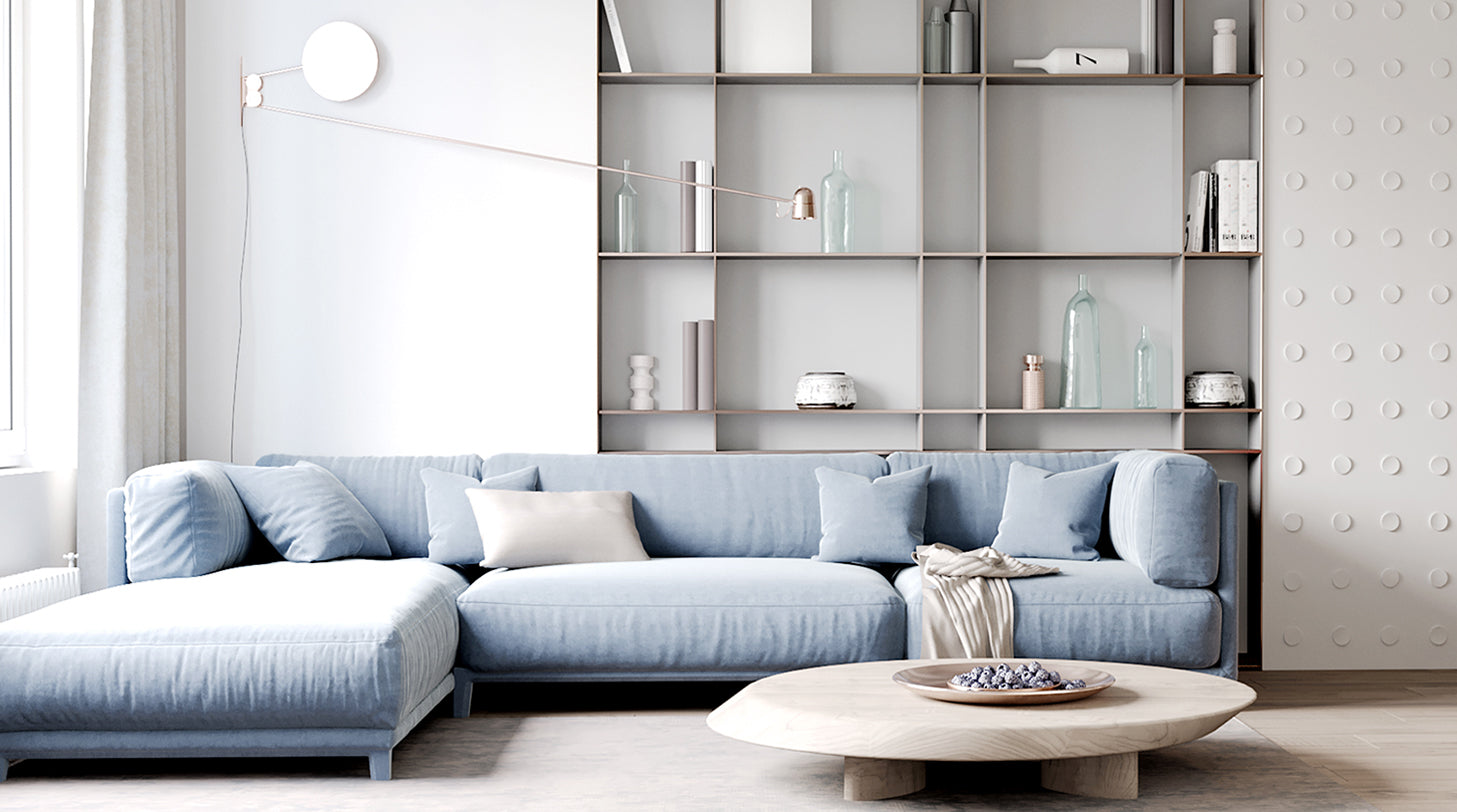People spend two-thirds of their lives indoors. This makes it even more important to pay special attention to indoor climate. If a bad atmosphere can lead to discomfort and even illness, an optimally harmonious environment promotes individual health.
Indoor climate is determined by many factors. The most important factors are room temperature, humidity and air quality. Light and noise levels also play an indirect role. The optimal indoor climate varies from person to person, and there are no universally valid guidelines. For measurable standards of temperature and humidity, there are so-called comfort zones in which health and performance can best develop.
Temperature
Temperature plays an important role in creating a comfortable climate within your own four walls. Different rooms can have different settings. In living areas and kitchens, the Consumer Advice Center's energy advice recommends a temperature range of 19° to 21°C. For a comfortable sleeping environment, 18 degrees Celsius is enough, while the temperature in the bathroom can be 21 degrees Celsius to 23 degrees Celsius. During the heating season, when no one is home, the temperature can drop to 16 degrees Celsius.
Additionally, surrounding surfaces can affect the feel. The colder the walls, the more hot air is needed for a comfortable climate.
Tips for dry air in winter
Dry outdoor air meets dry heating in the coming winter. Dry mucous membranes are susceptible to bacterial and viral infections, causing colds. Home remedies, such as laying damp towels on radiators, can moisturize the air in a room to some extent but can promote the growth of pathogens. If you have to spend a lot of time in a heated room, a humidifier is the best way to help.
Humidity
It can be seen that air humidity is the second direct factor in healthy indoor climate. An even humidity of 50 to 60 percent is ideal because it is most comfortable to live in. In contrast to the hot winter months, excessive humidity is a problem during the rest of the season. Regular ventilation is the best way to ensure that the indoor climate returns to a smooth state.
Avoid mold
Chronic increases in humidity can lead to mold formation. If there is no improvement after taking appropriate ventilation measures, an electric dehumidifier can help.
Air quality
Clean breathing air is defined as containing nearly 80% nitrogen and 20% oxygen. If there are several people in the room, the oxygen is depleted and the air becomes stuffy. Indoor air can be harmful to health if it is contaminated by pollutants emitted by paint and floor coverings. Continuous ventilation is one way to restore an optimal indoor climate.
Proper ventilation
Regular ventilation can provide fresh air. During the cold season, it is effective to fully open the windows for approximately three x five minutes to create ventilation. In summer, it is recommended to ventilate in the morning and evening. The window can then easily stay open for 30 minutes.
Plant
Indoor plants are not only pleasing to the eye, but they are an important part of the indoor climate. Through photosynthesis, they convert the carbon dioxide in the air they breathe into oxygen. They also release more than 90% of irrigation water into the air through evaporation, making them particularly suitable for drying rooms.







